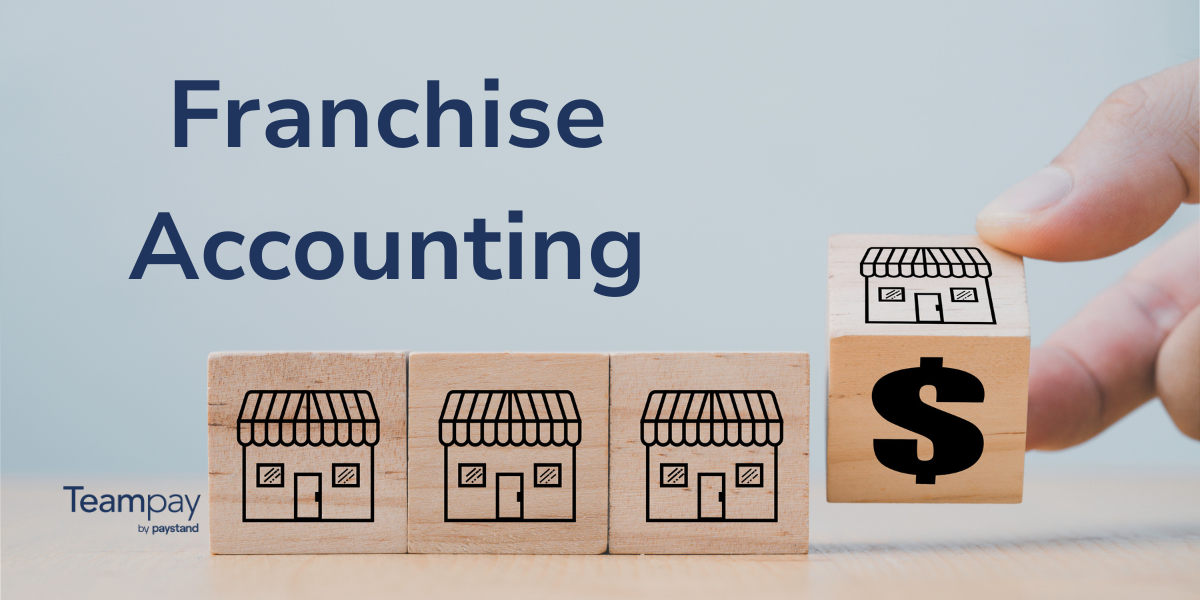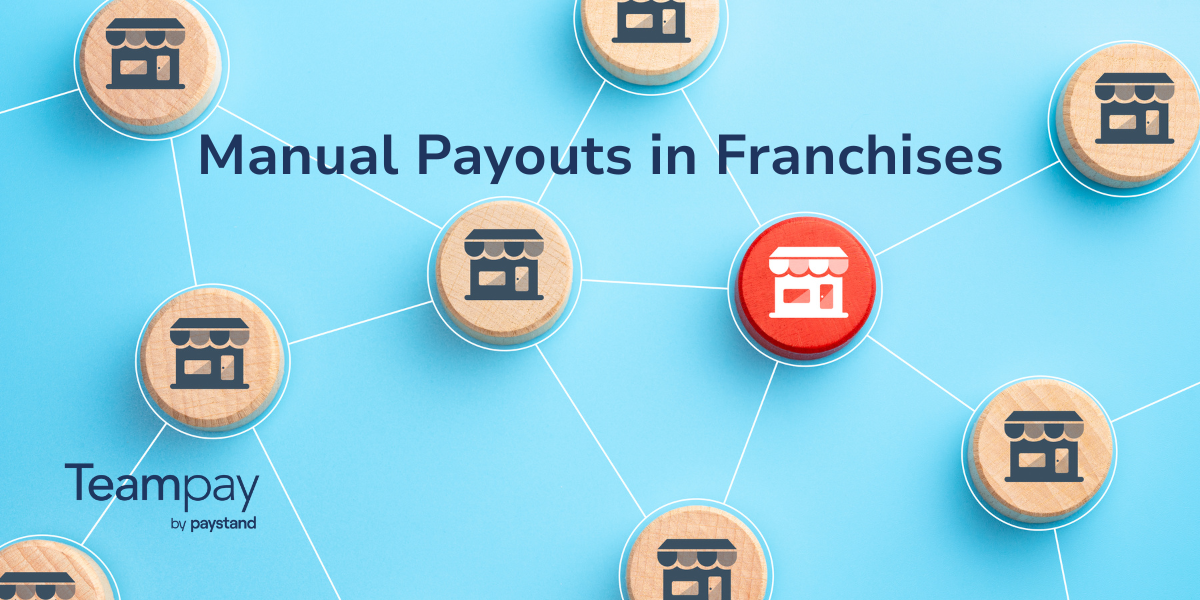Table of Contents
Key Concepts
- ERP integrations offer AP and procurement teams the chance to build a customized and extensive spend management system.
- Benefits of ERP integrations include real-time and connected data, greater visibility, the elimination of human error, and reduced fraud risk—among others.
- The right spend management software can transform and simplify your process.
Even with the advent of new technological solutions, many accountants still find themselves spending too much time on disconnected manual tasks and approval workflows
They’re chasing down colleagues for receipts and information about purchases, sifting through piles of expense-related documents, and manually entering data in a mad dash to balance the books.
The traditional spend and expense management process is tedious, error-prone and inefficient. It lacks the controls necessary to ensure compliance for day-to-day tasks. And it prevents your finance team from focusing on more strategic tasks that have a greater impact on your company and business spend management.
Though many software tools exist to solve these challenges, their value is limited if they cannot sit within your existing workflow. You don’t need another separate, disconnected system to deal with.
To fully modernize the way your company manages spend, the specialized software must integrate with the ERP that you are already using to unite your purchasing process into a single, automated system. There are a multitude of benefits to using this approach—here are our top 8 reasons accounts payable teams should leverage an integrated ERP system.
Why leverage an integrated ERP system for spend management
Connected spend data for transparency on day-to-day operations and supply chain
Data aggregation is one of the most time-intensive tasks in finance, especially given the increasingly distributed spend behaviors. Finance teams are often presented with disconnected and incomplete data, which they must decipher themselves (or chase down employees for additional information) and then manually match.
Automation platforms link each transaction to a corresponding receipt and vendor. Purchase requests are coded upfront using the categorizations from your existing accounting software. This gives finance teams the context they need to accurately close the books.
Real-time visibility into spend and business processes
When it comes to company spend, many finance teams are left flying blind for 28 days until they receive the company credit card statement at the end of the month. This lack of visibility on where money is being spent means that finance can’t anticipate spending or plan for the future. Even worse, they are often unable to fix any business spend problems while they’re happening, but instead step in only after the problem has already done its damage for that month or even year.
By integrating your spend management tool with your existing accounting software and approval workflows, data automatically syncs as soon as purchases are made. This gives finance teams the information they need to monitor and track company spend as it’s happening, create accurate forecasts, and intervene immediately if any issues arise.
Error-free financial reports on company spending
Manual reconciliation invites a myriad of errors. Missing receipts and other information forces your finance team to use their best guess to match charges incorrectly. They can accidentally make entries to the wrong account or omit entries altogether. Discrepancies may emerge due to an incorrect product delivery, a project that runs over, or simply different operating structures within different departments of your organization.
Human error is a serious problem in finance, where the cost is tangible. And according to one Gartner survey, 18% of accountants make errors daily, with 59% making errors at least once a month. Curbing errors from repetitive data entry can significantly reduce these odds.
Automated reconciliation eliminates this human error, resulting in 100% accurate reports. ERP integrations that sync transaction data to your GL keep information up-to-date.
Clean audit trails on spend management in procurement
Employees may not always submit expense reports on time. They may leave out receipts and other important information. As companies become more decentralized with increased employee autonomy, individuals across an organization can make purchases with little to no accountability, which often leaves finance with incomplete data and murky audit trails.
But distributed spend doesn’t have to be a problem. Purchasing software that integrates with your ERP connects purchase requests with the actual transaction that appears on your statement. This means that finance can monitor the full process and verify the accuracy of reports to an auditor.
Reduced fraud risk with a spend management ERP system
Human errors make it harder to catch fraud. Payments may be tied to a shared corporate card or other payment method rather than the individual who made the purchase, and unauthorized transactions can fall through the cracks.
Real-time ERP integrations increase transparency, which means it’s easier to identify fraud when it occurs and track it back to the source. Alerts can notify the finance team of purchases made at unapproved vendors or other suspect behaviors the moment they happen.
Improved talent retention
Employee turnover is a challenge facing all businesses, and finance teams are no exception. Your workforce may become frustrated when they are forced to spend the majority of their time on tedious manual labor rather than using their analytical skills and growing in their careers, which can lead to lower retention.
By automating reconciliation with an ERP integration, you can free your finance team to focus on more strategic tasks. In fact, 90% of workers in one study said that automation improved the workplace and 65% said they were less stressed after automating manual tasks.
Implementing integrations clearly improves employee happiness and motivation–and benefits your company by enabling your workforce to have a greater impact on long-term business goals.
Integrated vendor management and payroll systems
Essential expense management solutions don’t stop at invoice reconciliation and reporting, but they also provide insight into vendor management and payroll. ERP and business spend management platforms that tap into the payroll system provide a more accurate view of your total spend. More importantly, it centralizes this data to ease reporting and decision-making.
Streamlined procurement
ERP Integrations can also accelerate the procurement and procure-to-pay process.
Procurement platforms offer a number of advantages: Automated approvals, vendor management systems, enhanced analytics, and proactive controls all contribute to reducing friction. The more intuitive the process becomes, the easier it is to speed up otherwise tedious tasks and empower teams to look for opportunities.
However, without an ERP integration, you lose visibility.
How can I evaluate and choose the best ERP software for optimizing company spend management?
There’s a wide array of ERP software with expense management capabilities.When looking at potential solutions, you’ll want to consider criteria like:
- Cost and fee structure
- Types of spend management modules supported
- Security
- Customer support accessibility
- User seats
- Whether data from all departments or modules are available
Which ERP platforms offer advanced spend management modules suitable for companies?
The best ERP platforms for advanced spend management integrations and models include platforms like Microsoft Dynamics 365, Sage Intacct, and NetSuite.
What are you waiting for? Teampay integrations and ERP integration for spend management
As your organization grows and evolves, spend management will only become more complex. Spend management solutions like Teampay zero in on the problems caused by distributed spend and offer a complete solution and helps to answer questions like how to integrate spend management with payroll systems.
Our robust integrations with major accounting software–including Intacct, NetSuite, Xero, QuickBooks, and Workday–automate your workflow into a single, unified process.
Once a purchase request is approved, Teampay creates an audit trail of the request and pairs that request with a dedicated virtual card, physical card, or purchase orders.
Then, once the card is used, the software immediately prompts the purchaser to upload a receipt and automatically syncs the transaction data to your ERP.
With Teampay’s ERP integration, you can reduce manual labor by 75% and give finance the real-time visibility they need to do their jobs.
Discover the Teampay spend management software difference today.












